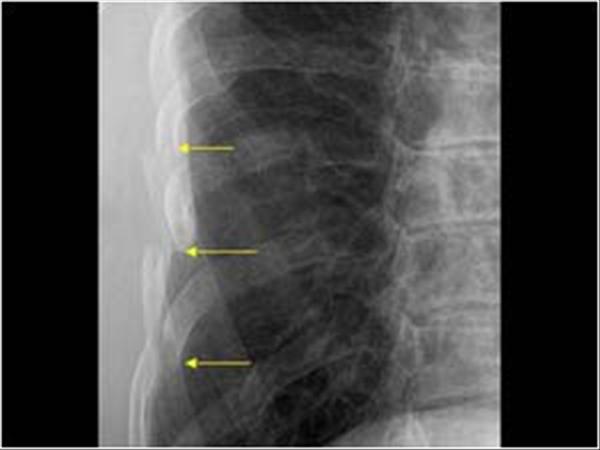
A technique known as the "hooking maneuver" is commonly used amongst medical professionals to diagnose slipping rib syndrome. Diagnosis The "hooking maneuver" being performed on a model skeleton.ĭiagnosing slipping rib syndrome is predominantly clinical, with a physical examination of the affected rib being the most commonly utilized. Generalized hypermobility has also been suggested to be a possible further risk factor. Slipping rib syndrome may also result from the presence of a birth defect, such as an unstable bifid rib. Reported incidents in which no history of traumatic impact to the chest wall has been described are considered a gradual onset. There have also been reports of slipping rib syndrome among other athletes, such as swimmers, which could plausibly result from repetitive upper body movements coupled with high physical demands. This observation could explain reports of the condition among athletes, as they are at increased risk for trauma, especially for certain full-contact sports such as hockey, wrestling, and American football. The condition often accompanies a history of physical trauma. The causes of slipping rib syndrome are unclear, although several risk factors have been suggested. There have also been reports of vomiting and nausea associated with the condition. Certain postures or movements may exacerbate the symptoms, such as stretching, reaching, coughing, sneezing, lifting, bending, sitting, sports activities, and respiration. A dull, aching sensation has also been reported by some affected individuals. Individuals with SRS report an intense, sharp pain that can radiate from the chest to the back, and may be reproducible by pressing on the affected rib(s). One of the commonly reported symptoms of this condition is the sensation of "popping" or "clicking" of the lower ribs as a result of subluxation of the cartilaginous joints. It has been reported for symptoms to last minutes to hours. Pain is most commonly presented as episodic and varies from a minor nuisance to severely impacting quality of life. The presentation of slipping rib syndrome varies for each individual and can present at one or both sides of the rib cage, with symptoms appearing primarily in the abdomen and back. The term "slipping rib syndrome" was coined by surgeon Robert Davies-Colley in 1922, which has been popularly quoted since. The condition has also been referred to as Cyriax syndrome, clicking rib syndrome, painful rib syndrome, interchondral subluxation, or displaced ribs. A study estimated the prevalence of the condition to be 1% of clinical diagnoses in a general medicine clinic and 5% in a gastroenterology clinic, with a separate study finding it to be 3% in a mixed specialty general medicine and gastroenterology clinic. Slipping rib syndrome was first described by Edgar Ferdinand Cyriax in 1919 however, the condition is rarely recognized and frequently overlooked. The condition affects the 8th, 9th, and 10th ribs, referred to as the false ribs, with the 10th rib most commonly affected. This results in pain or discomfort due to pinched or irritated intercostal nerves, straining of the intercostal muscles, and inflammation. Slipping rib syndrome ( SRS) is a condition in which the interchondral ligaments are weakened or disrupted and have increased laxity, causing the costal cartilage tips to subluxate (partially dislocate). "Popping" or "clicking" sensation in ribs, back pain, abdominal pain, chest pain, aching pain, pain with activity/movementĬostochondritis, Tietze syndrome, pleurisy, rib fracture, gastric ulcer, cholecystitis, esophagitis, hepatosplenic abnormalities


General surgery, thoracic surgery, orthopedic surgery, sports medicine
:max_bytes(150000):strip_icc()/broken-ribs-symptoms-1298895-5c772f0346e0fb000140a3a5.png)
Cyriax syndrome, clicking rib syndrome, painful rib syndrome, displaced ribs, interchondral subluxation


 0 kommentar(er)
0 kommentar(er)
